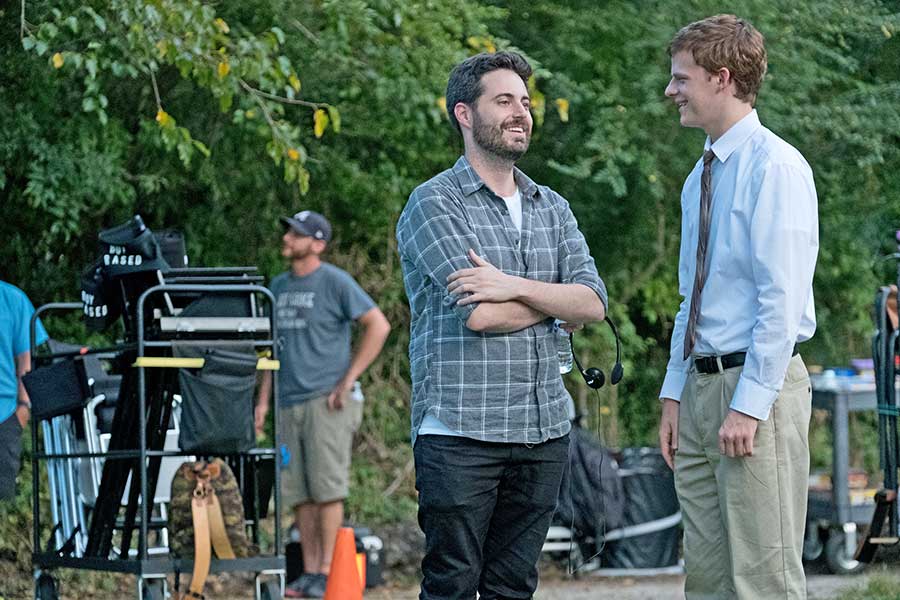Garrard Conley talked with PGN about his book, “Boy Erased” — specifically about identity, faith and family — and what it means to make it as a Hollywood film.
PGN: What is it like to see the memoir you wrote be turned into a film?
GC: At a certain point, if you like the person doing the adaption, it’s like, “You’re an artist, I’m letting you have it. This is yours now.” If I were a director — and I’m definitely not — I would have done it differently. But Joel has a genius to tap into mainstream audiences. I would never make a film that would have people jump to their feet in the end. I’d make folks sad and give them a call to action.
PGN: How much input did you have with the script, or the film?
GC: In the original screenplay, he wrote a scene between Marshall (Russell Crowe) and Jared (Lucas Hedges) in a much more heartwarming way. It wasn’t offensive, but I thought we could do better. I was careful not to write any lines — but I said, tonally, it’s insulting to survivors if we don’t portray the complicated nature between Jared and his dad. It was important to me, and for Jared, who doesn’t have tons of agency, to stand his ground in that scene.
PGN: The film judiciously edits your story, losing some of the metaphors (baptism, “erasing” purification, etc.), as well as whole scenes and characters. What are your thoughts about the changes made for the screen version?
GC: I think Joel was incredibly true to most of the plot points. When you introduce an audience to a complicated facility operating in ways most people have not been introduced to, there are going to be really difficult choices on how artsy you can be. The whole flashback sequence was really well done. I loved the way he showed the family dynamic of Nancy (Nicole Kidman) and Marshall fighting. That happened to me, and I didn’t write it in the book, but I liked those moments because they fleshed out the story.
PGN: The film depicts the gay-conversion therapy scenes to a much greater extent than the book does. Did you consult with Joel on what you endured?
GC: Joel got the handbook I smuggled out of Love in Action, and we talked about my memories. He visited with John Smid [the conversion-therapist character Victor Sykes that Edgerton plays in the film] and was able to get insight into his mentality. Smid is a problematic person [in real life]; he justifies the past in a way that’s cringe-inducting and tries to convince people that he’s sympathetic or did good things. John Smid and I are in contact with each other, and I applaud his efforts to educate and turn things around, but it’s not without complications.
PGN: How has the success of the book and the exposure of the film impacted you now?
GC: I love that there are so many stories like this being told. I consulted on the film “The Misadventures of Cameron Post.” I’ve had emails from people in conversion therapy, or experiences with fundamentalism. It’s overwhelming. It took a movie from Hollywood to get me to talk to the mainstream media about conversion therapy. I didn’t have that earlier.
PGN: Your book seems to be written to help other LGBTQ youth grapple with the experience of conversion therapy. But the film seems to be pitched more at parents of queer youth than queer youth themselves. What are your thoughts on that observation?
GC: I love it, actually. I get the criticism, and I support that dialogue. It’s valid. The book is more queer and more nuanced. The film is designed as a specific type of advocacy. My podcast, “Unerased: The History of Conversion Therapy in America,” is coming out Nov. 2. This film will save lives and speak to people who are where I am from — where it is dangerous for so many LGBTQ people. It’s a positive message. We have to get as many people talking about this as possible — not just the cis white guy. Especially with the [Trump] administration trying to destroy trans people and erase them. We have to protect the most vulnerable among us.
